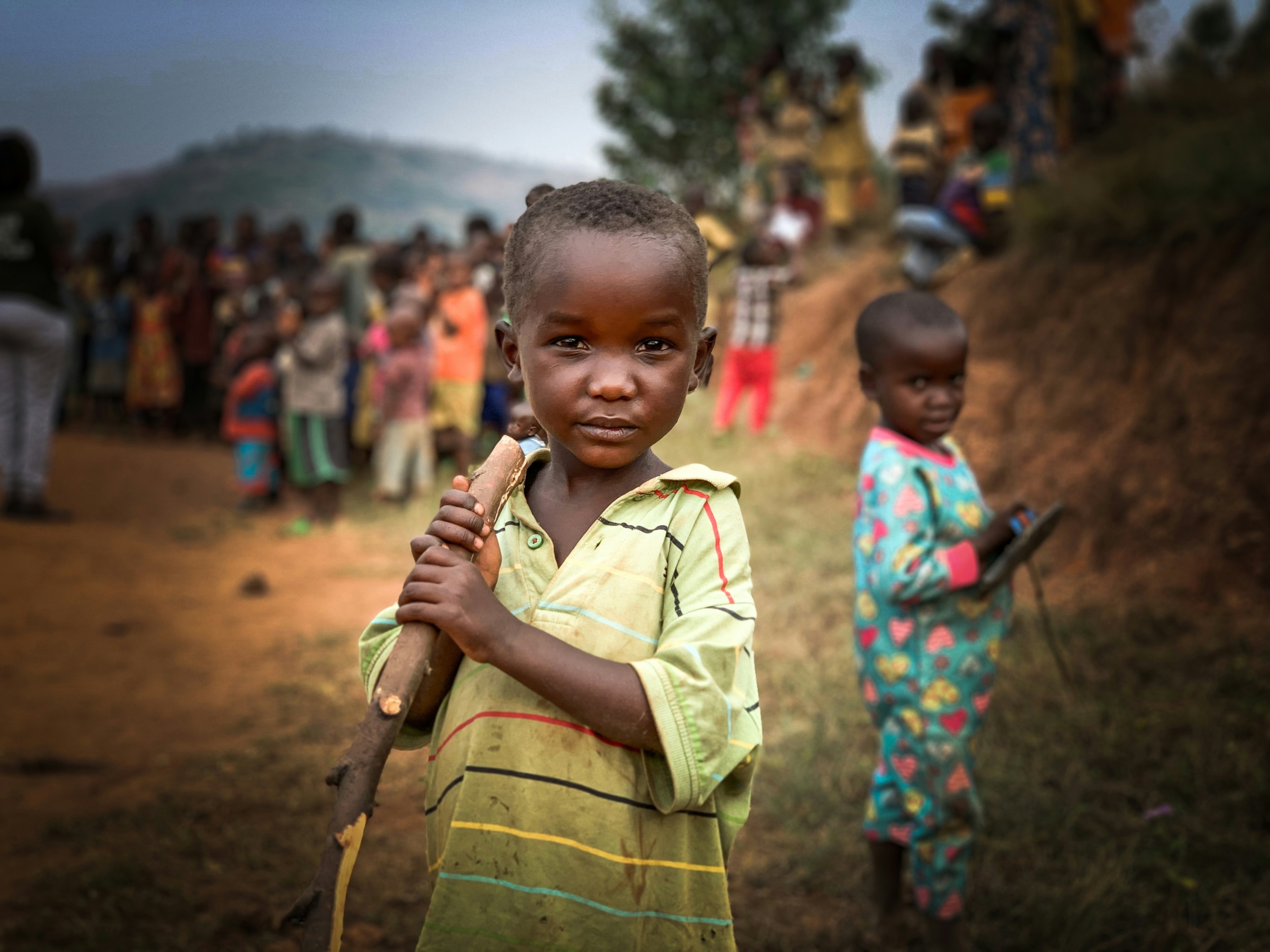 Rwanda is a small, hilly, landlocked country in sub-Saharan Africa with around 14 million people. The 1994 genocide against the Tutsi destroyed many essential government buildings and services, completely devastating the country. The international community largely regards the Rwandan government as an “effective development partner”. They see the country as one that employs international aid efficiently to implement its rebuilding and development strategies. Rwanda’s reputation stems from the government’s strong capacity to implement policies with minimal corruption. This ensures that no aid or natural resources are misused or wasted. Rwanda has a good history of aid going directly towards policies that benefit the population and foster sustainable development. Foreign aid to Rwanda showcases encouraging results and serves as an example for other countries.
Rwanda is a small, hilly, landlocked country in sub-Saharan Africa with around 14 million people. The 1994 genocide against the Tutsi destroyed many essential government buildings and services, completely devastating the country. The international community largely regards the Rwandan government as an “effective development partner”. They see the country as one that employs international aid efficiently to implement its rebuilding and development strategies. Rwanda’s reputation stems from the government’s strong capacity to implement policies with minimal corruption. This ensures that no aid or natural resources are misused or wasted. Rwanda has a good history of aid going directly towards policies that benefit the population and foster sustainable development. Foreign aid to Rwanda showcases encouraging results and serves as an example for other countries.
Major Donors to Rwanda
The major foreign country donors to Rwanda are the U.S., Germany, France and Japan. As of 2021, Rwanda’s biggest donor was the U.S., donating $174 million. In total in 2021, Rwanda received $1.3 billion in foreign aid. The country receives some of the largest aid per capita compared to its regional neighbours. In 2021, Rwanda received $98 in aid per capita, greater than $55 for Uganda, $37 for the Democratic Republic of Congo (DRC) and $47 for Burundi during the same year.
Foreign aid to Rwanda has come under more scrutiny lately as international donors have expressed concern over the country’s role in supporting human rights abuses and conflict in the DRC with its reported support of the rebel military group M23. Rwanda’s reported involvement in the current conflict in the DRC. culminated in the U.S. suspending aid in 2012. Currently, Rwanda is still facing international pressure from countries like France to stop its support of M23 and is threatening to reduce foreign aid to Rwanda if it continues to support the conflict.
Health Care Aid
Most foreign aid to Rwanda from the U.S. goes to improving the population’s health by investing in preventative HIV/AIDS measures and basic health, such as malaria prevention. According to BMJ, “Rwanda was among the first African countries to document AIDS cases in 1983, and subsequent HIV/AIDS surveillance has confirmed that Rwanda’s HIV epidemic is longstanding and severe in many settings.”
There has always been a massive divide between the prevalence of HIV/AIDS in rural and urban settings. At its peak in 1986, the urban prevalence of HIV was 17.8%, while the rural prevalence was 1.3%, according to BMJ. The investment into preventative HIV/AIDS measures has resulted in a 56% reduction in new HIV infections over the last 15 years, a dramatic decrease among the population in the country that is on track to remove the HIV epidemic in the country.
U.S. supports Rwanda’s fight against HIV/AIDS through the President’s Emergency Plan for AIDS Relief (PEPFAR). This program is a global initiative that aims to fight the HIV/AIDS epidemic in countries by funding antiretroviral therapy, supporting prevention programs, and investing in health care infrastructure.
Education
Another significant investment Rwanda makes using foreign aid is in primary education for children. The great priority the government has given to education has enabled Rwanda to sustain near-universal access to primary education for over a decade. The focus on education has allowed more children to get an early start to learning through schooling with gender parity. Early education is the first step for Rwanda to develop its economy, reduce poverty and increase its quality of life. Aid from foreign countries has been integral to Rwanda’s impressive economic development since the 1994 genocide. Rwanda has consistently had positive GDP growth, except for the COVID-19 pandemic in 2020. However, Rwanda has seen a recovery in 2022 as the GDP grew by 8.2%.
Rwanda has an ambitious goal of being a middle-income country by 2035 and a high-income country by 2050. Policy decisions in Rwanda consider these goals and are highly influential in how it uses the foreign aid it receives. Foreign aid to Rwanda is necessary for its development to reach these goals, and it can not succeed by its production alone. Rwanda has positively utilized foreign aid to rebuild the country after the devastating 1994 genocide. In many respects, it is quite remarkable how much the country has developed after the genocide and how much it has exceeded people’s expectations for the country. While there are concerns about a decrease in future aid because of human rights concerns, foreign aid remains an essential source of support for Rwanda’s development goals and increasing the quality of life.
– Mathieu Paré
Mathieu is based in Toronto, Canada and focuses on Politics for The Borgen Project.
Photo: Unsplash
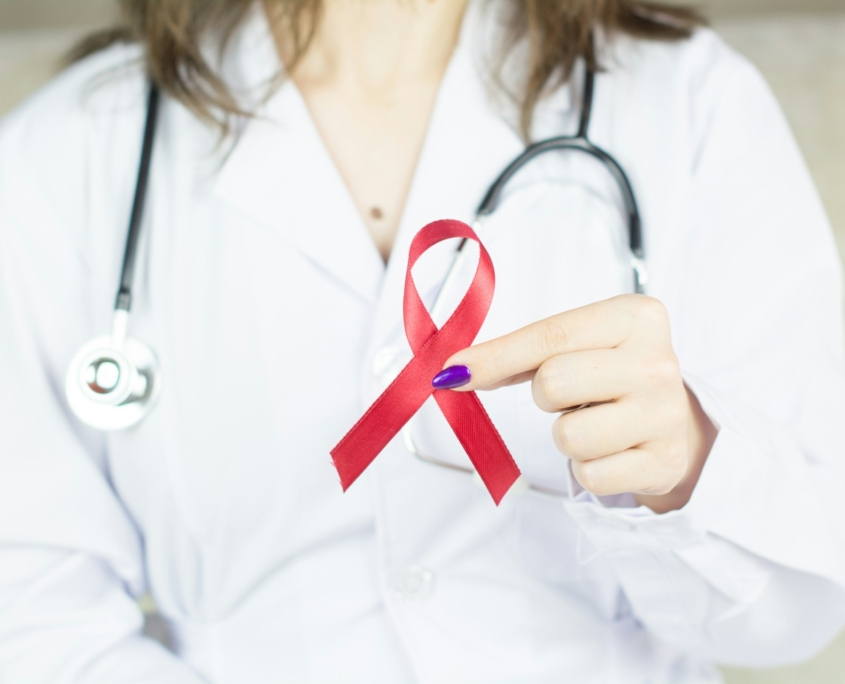 In Comoros, a small island nation, efforts to combat HIV through the Prevention of Mother-to-Child Transmission (PMTCT) program are yielding promising results. According to the National Health Service (NHS), human immunodeficiency virus (HIV)
In Comoros, a small island nation, efforts to combat HIV through the Prevention of Mother-to-Child Transmission (PMTCT) program are yielding promising results. According to the National Health Service (NHS), human immunodeficiency virus (HIV) 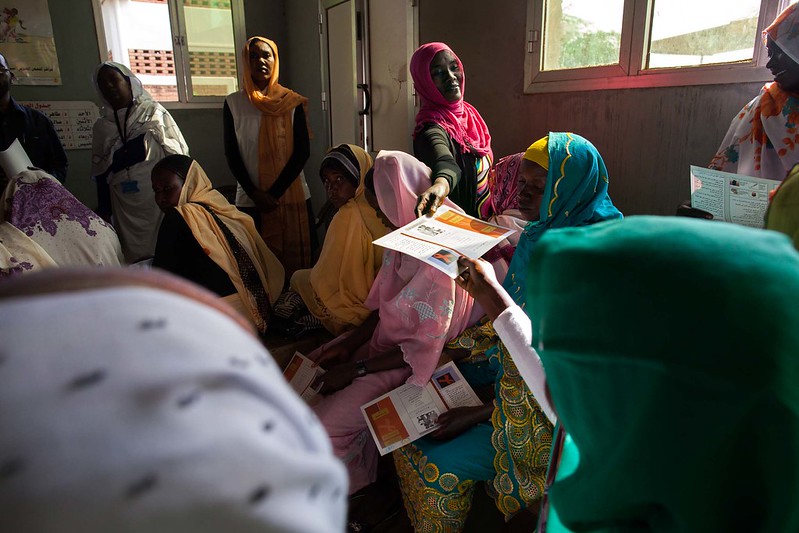
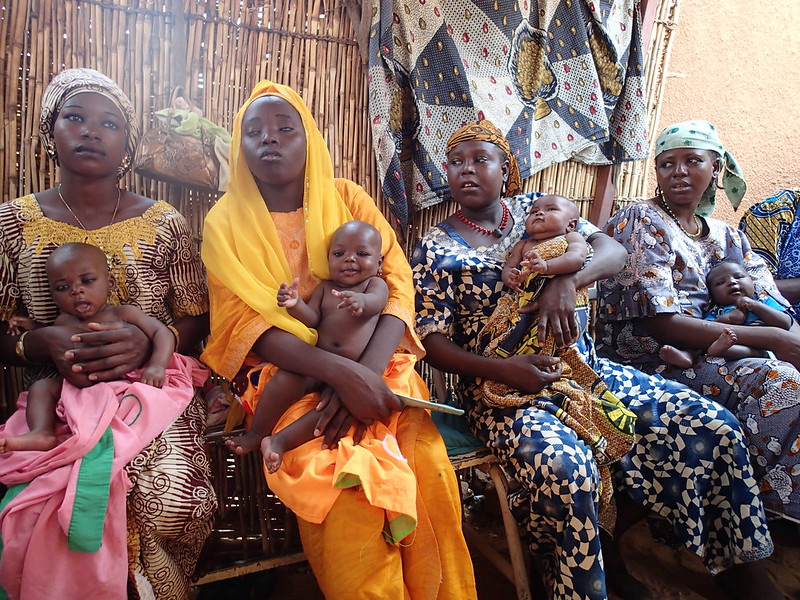

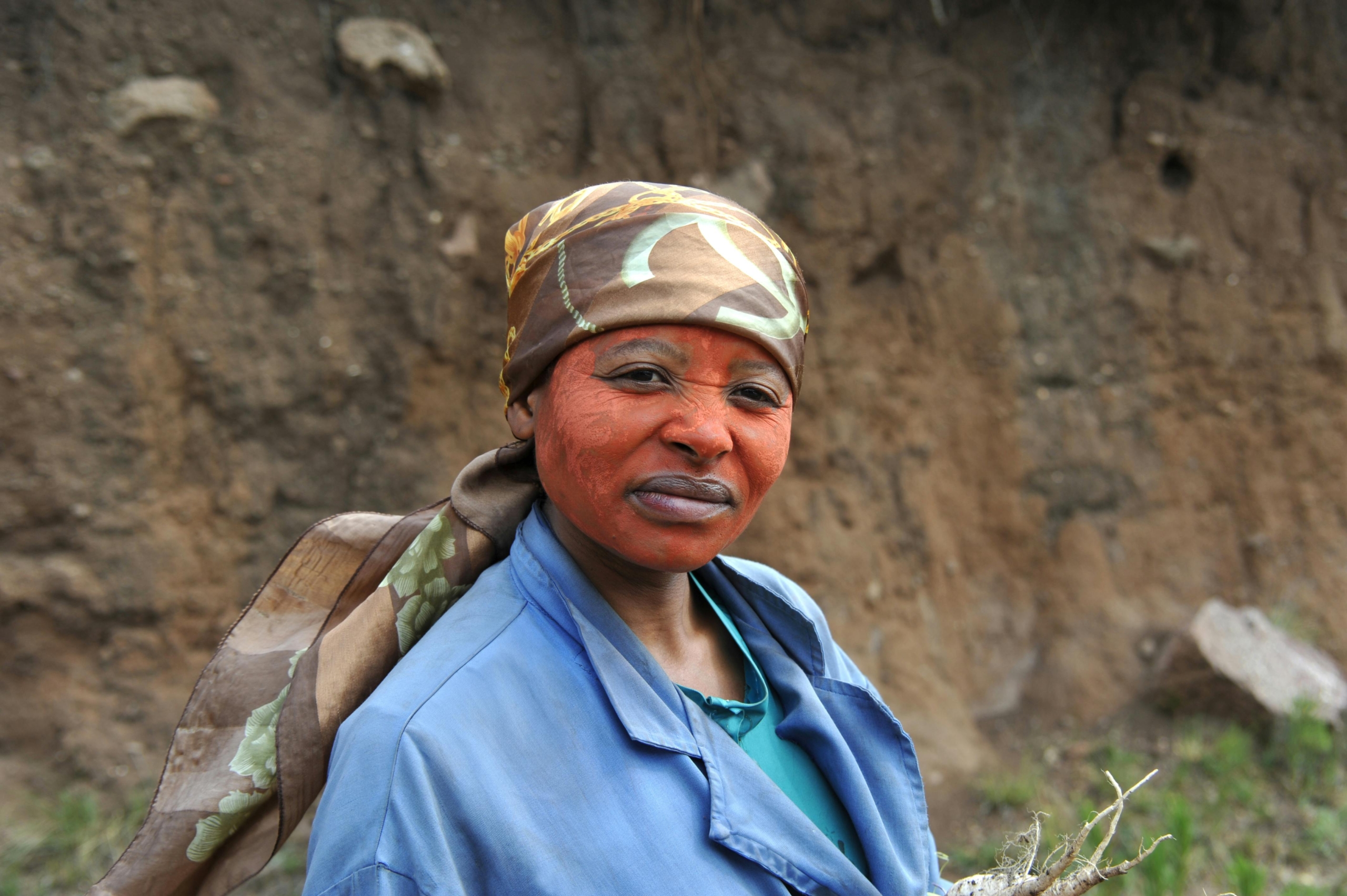

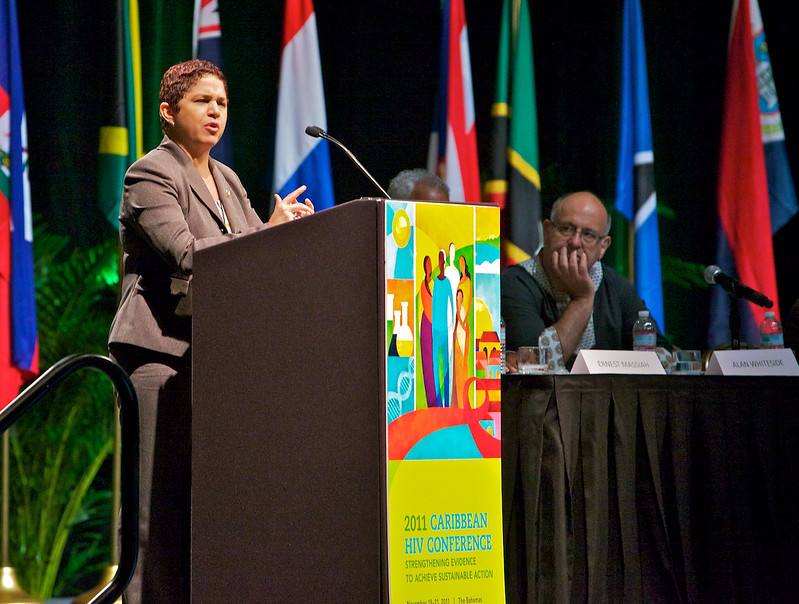 In the past three decades, HIV/AIDS in Trinidad and Tobago has been a defensive battle. In 1983,
In the past three decades, HIV/AIDS in Trinidad and Tobago has been a defensive battle. In 1983, 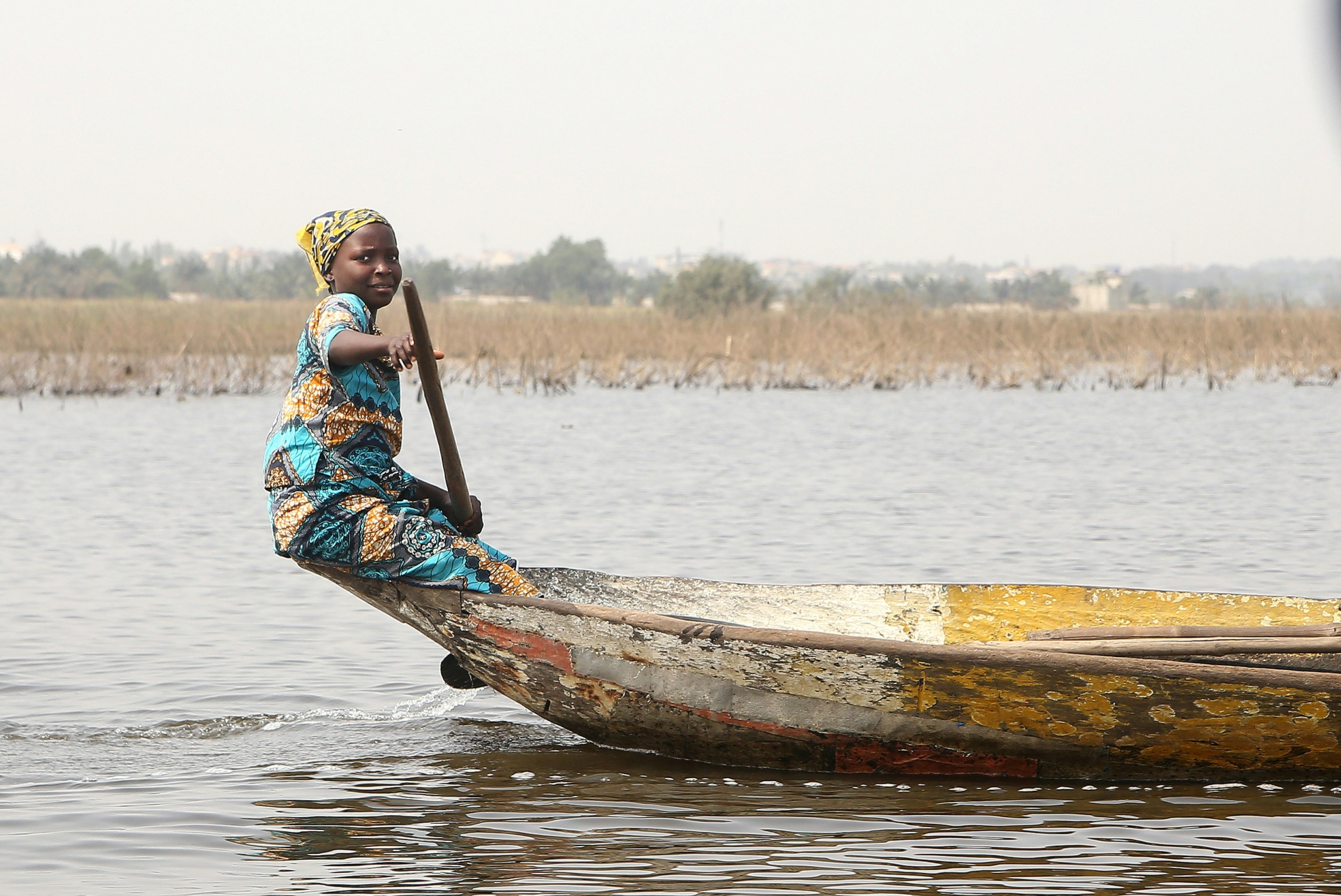
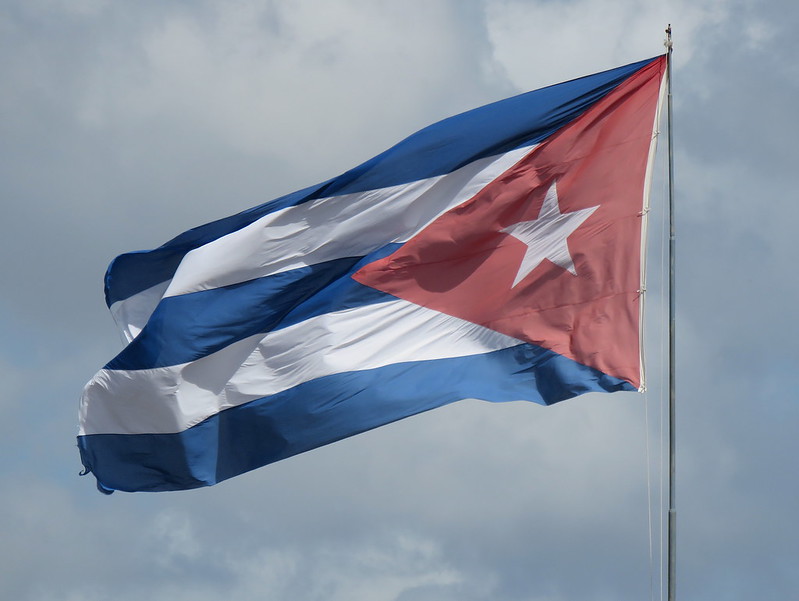 According to UNAIDS, in 2022,
According to UNAIDS, in 2022, 